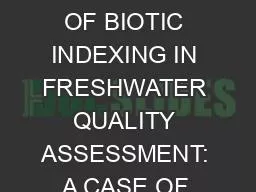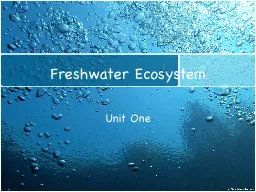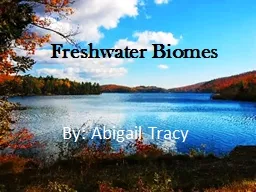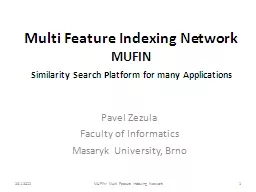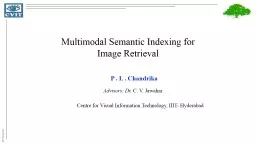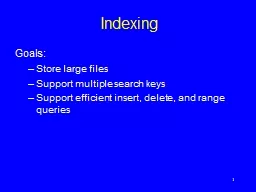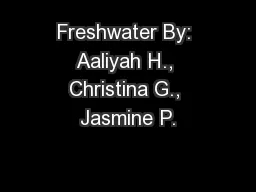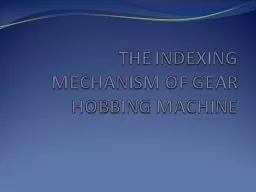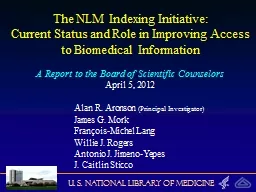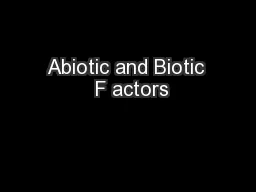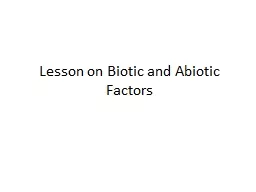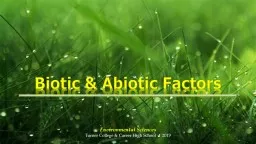PPT- APPLICATION OF BIOTIC INDEXING IN FRESHWATER QUALITY ASSESSMENT: A CASE OF BOMPAI-JAKARA
Author : articlesnote | Published Date : 2020-06-24
1 IMAM TS and 2 BALARABE ML 1 Applied Biology Department Bayero University Kano PMB 3011 Kano Nigeria 2 Department of Biological Sciences Ahmadu Bello University
Presentation Embed Code
Download Presentation
Download Presentation The PPT/PDF document " APPLICATION OF BIOTIC INDEXING IN FR..." is the property of its rightful owner. Permission is granted to download and print the materials on this website for personal, non-commercial use only, and to display it on your personal computer provided you do not modify the materials and that you retain all copyright notices contained in the materials. By downloading content from our website, you accept the terms of this agreement.
APPLICATION OF BIOTIC INDEXING IN FRESHWATER QUALITY ASSESSMENT: A CASE OF BOMPAI-JAKARA: Transcript
Download Rules Of Document
" APPLICATION OF BIOTIC INDEXING IN FRESHWATER QUALITY ASSESSMENT: A CASE OF BOMPAI-JAKARA"The content belongs to its owner. You may download and print it for personal use, without modification, and keep all copyright notices. By downloading, you agree to these terms.
Related Documents

